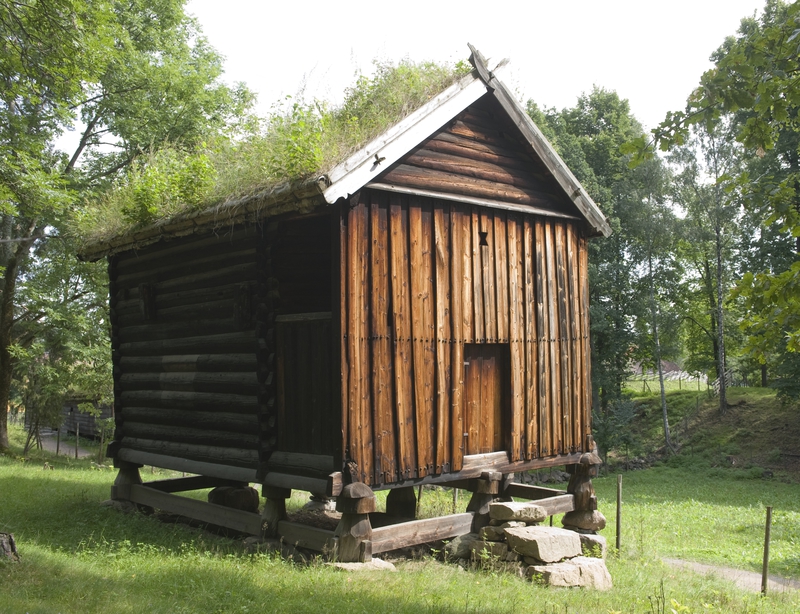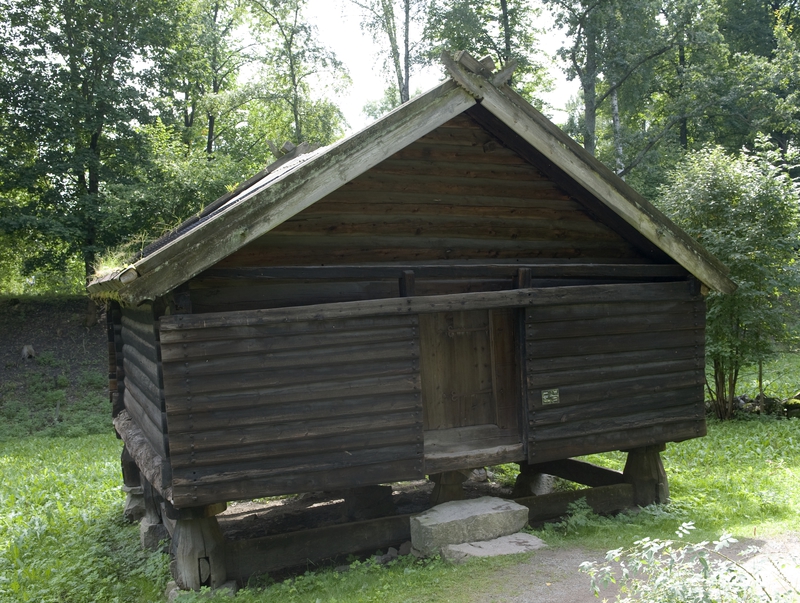Hordaland
Voss is part of Hordaland, and like the rest of western Norway, is marked by great contrasts in nature and economy. Fishing was the most important occupation along the coast, combined with some highly necessary farming. The milder climates and better soils in among the many fjords gave a better basis for farming. Here fruit and berries were early crops. But farmers from the fjord districts also took part in some fishing on the high seas. They could also utilize the vast mountainous areas for summer grazing and hunting.
The coastal town of Bergen was the traditional commercial center for Western as well as Northern Norway. Foreign goods and new ideas from the outside world flowed out from the town to the many trading centers along the coast. Goods were transported under sail, but by the 1860s, steamships with scheduled routes had begun serving the whole region. Old horse trails and travelling paths, such as the Normannsslepene over the mountains to eastern Norway, connected the various districts. In the later 1700s, main trails were improved so they could be travelled by wagons, which resulted in great improvements for transportation. Roads were developed and improved during the 1800s, and in 1883 the railroad between Voss and Bergen was built.
An often steep and rugged terrain, and a need to save the best land for crops, decided the location of farm buildings. This could result in a crowded group of buildings, a so-called cluster farmstead or, in some places, a closely built row farmstead. Wood was the most common building material. Far out on the coast or high in the mountains where little timber could be found, stone could replace wood as building material. Many buildings were protected by huge dry-stone walls on their most weather-beaten sides. Sod was the most common roofing material in past times. In the early 1800s, when the region’s rich slate deposits began to be exploited, many sod roofs were replaced by slate. Until the mid-1800s, farmhouses were usually one-story, three-room buildings. Smoke ovens without chimneys replaced open hearths, while fireplaces with chimneys began to be common during the 1800s.
 Image from digitaltmuseum.org
Image from digitaltmuseum.org Storehouse from Midtbære (Raundalen, 1600s and 1700s)
This storehouse is caled a bualoft in the local dialect becauseit is both a bu for storing food and a loft where chuch clothing and valuables were kept. The ground floor is older that the upper floor, showing that this building was built in two stages.
 Image from digitaltmuseum.org
Image from digitaltmuseum.org Guesthouse from Heimbære (Raundalen, ca. 1650-1700)
This guesthouse has only one room, with a little gallery up on the entrance wall and a little window in the opposite wall. Guesthouses were always very richly furnished and the first building on the farm to have windows. Numerous tarred crosses have been painted on the door over the years to protect the building and its contents from evil spirits.
